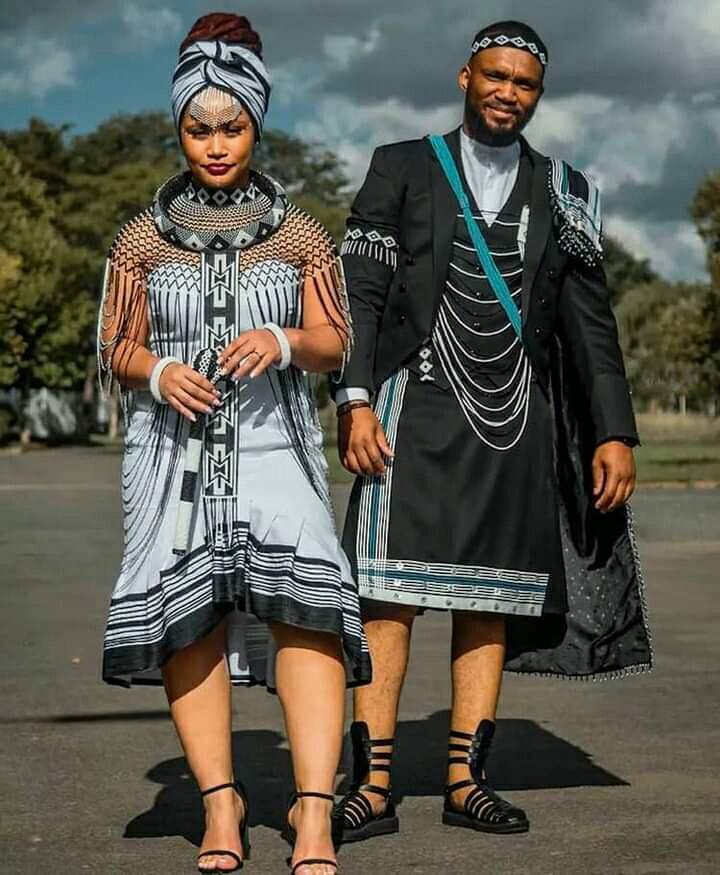

In the heart of South Africa, nestled within the rich tapestry of diverse cultures, lies the Xhosa people, a community steeped in history and tradition. The Xhosa, known for their vibrant heritage, distinctive language, and striking traditional attire, are a captivating and resilient group that has left an indelible mark on the country's cultural landscape.
A Living Culture
The Xhosa people are one of South Africa's largest ethnic groups, and they are predominantly found in the Eastern Cape province. What sets them apart is their unwavering commitment to preserving their heritage. Despite the winds of change that have swept through South Africa in recent years, the Xhosa culture remains a cornerstone of their identity.

Language: The Heartbeat of Xhosa Culture
At the heart of the Xhosa culture lies their language, isiXhosa. This Bantu language, known for its distinctive clicks, is a source of immense pride for the Xhosa people. It serves as a unifying force, connecting generations and preserving their unique oral traditions.
Traditional Attire: A Visual Symphony
One of the most striking aspects of Xhosa culture is their traditional attire. When adorned in their ceremonial garments, the Xhosa people are a sight to behold. The women, in particular, wear exquisite dresses called "umakoti," which are characterized by bold, colorful patterns and intricate beadwork. These garments are not merely clothing; they are a reflection of the wearer's heritage and status within the community.
Umfene: The Beadwork of Identity
Beadwork plays a central role in Xhosa culture. Known as "umfene," these intricate bead designs are more than just decorative; they communicate a wealth of information about the wearer's age, marital status, and even their social standing. The colors and patterns chosen for beadwork are deeply symbolic, making it a form of visual storytelling.

Coming of Age: The Initiation Rites
One of the most significant milestones in the life of a Xhosa person is the initiation rite known as "ulwaluko" for boys and "umgidi" for girls. During this time, young Xhosa individuals transition into adulthood through a series of rituals that involve circumcision for boys and a period of seclusion for girls. These rites not only mark the passage to adulthood but also serve as a crucial element in preserving Xhosa culture and values.
The Xhosa Legacy
The Xhosa people's commitment to their culture is not just a historical relic but a living testament to their resilience. Despite facing challenges throughout their history, including colonization and apartheid, the Xhosa culture continues to thrive and evolve.

In Conclusion
The Xhosa people of South Africa are a testament to the power of tradition and the resilience of cultural heritage. Their language, traditional attire, beadwork, and coming-of-age ceremonies all contribute to a vibrant and captivating culture that has endured the test of time. As we celebrate the diversity of South Africa, the Xhosa people remind us of the importance of preserving and cherishing our cultural roots, for it is through our traditions that we connect with our past and pave the way for a vibrant future.